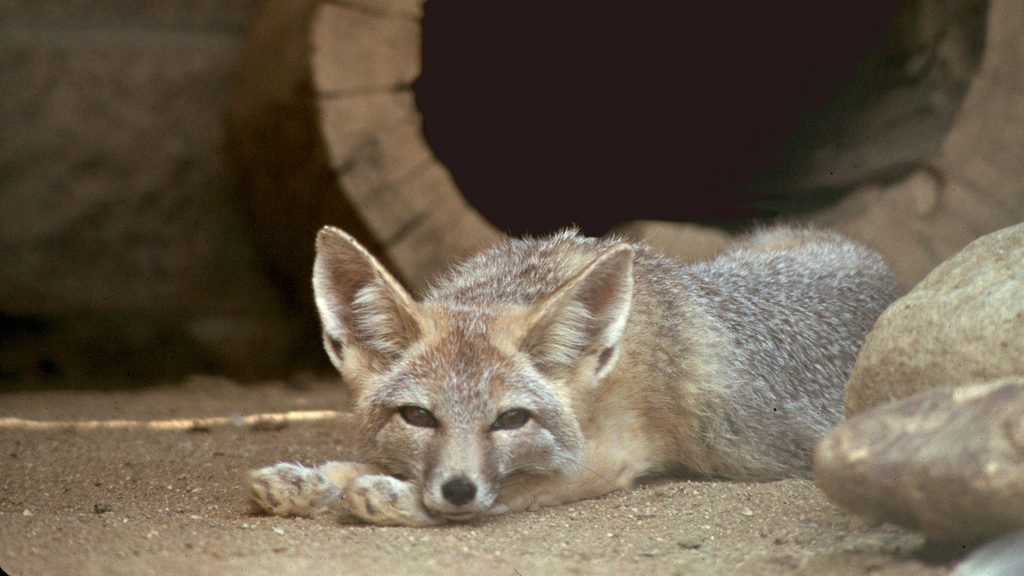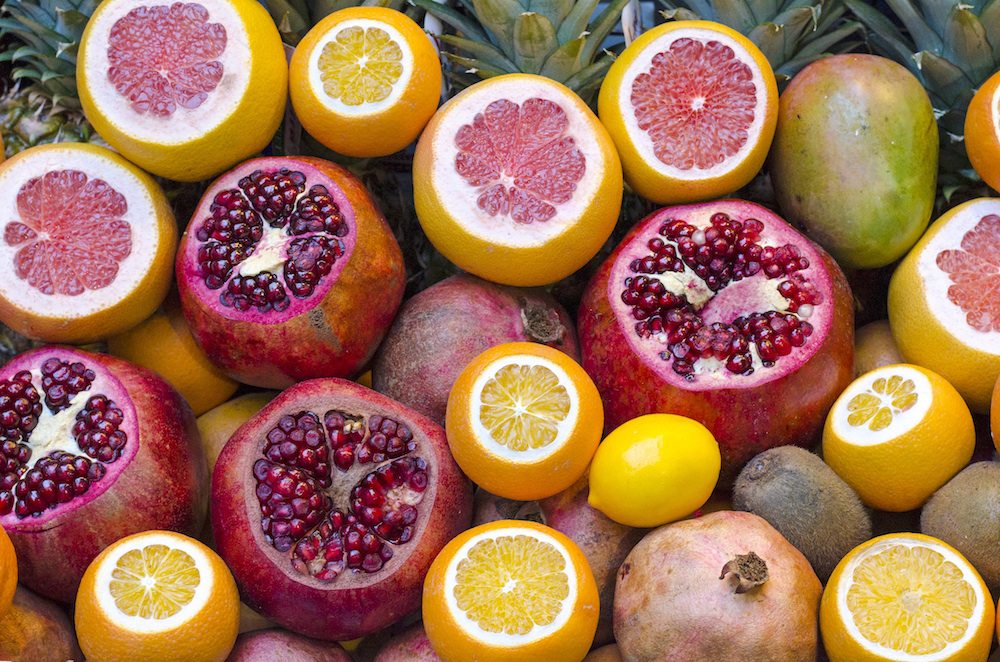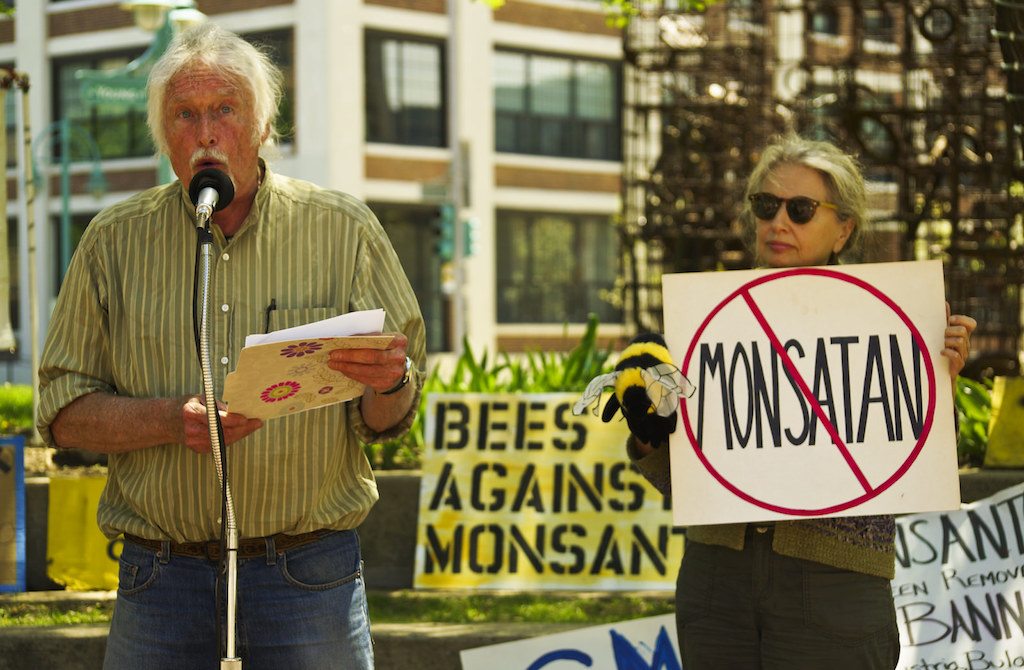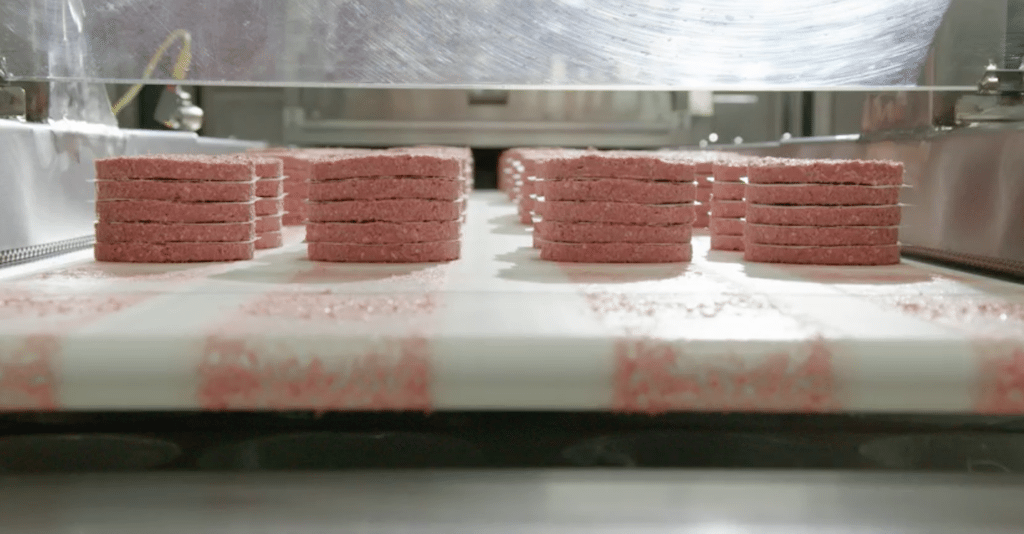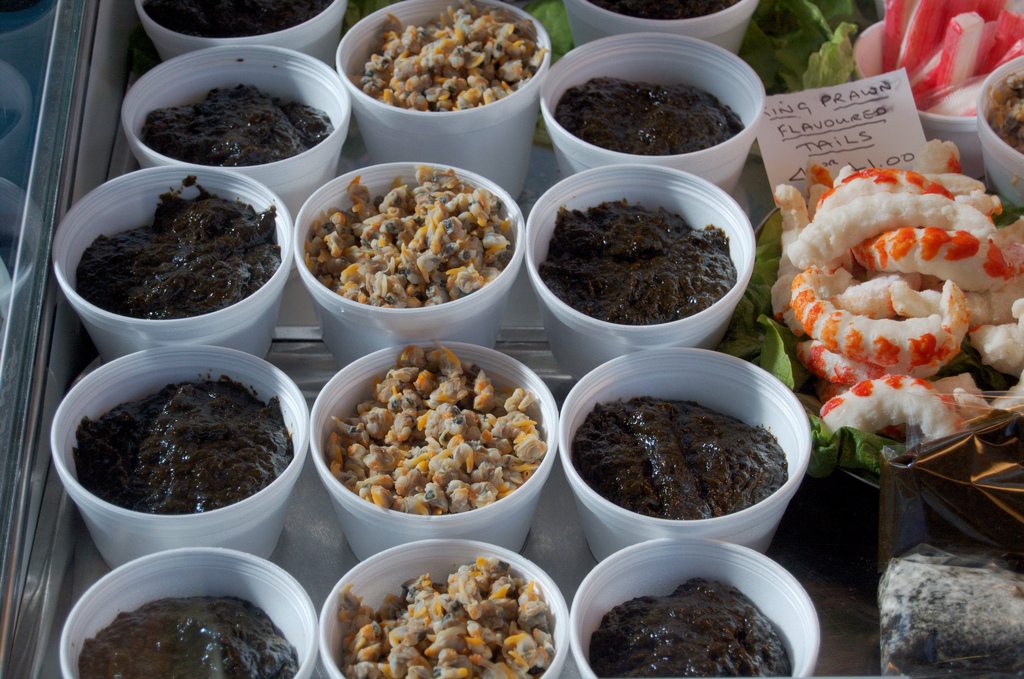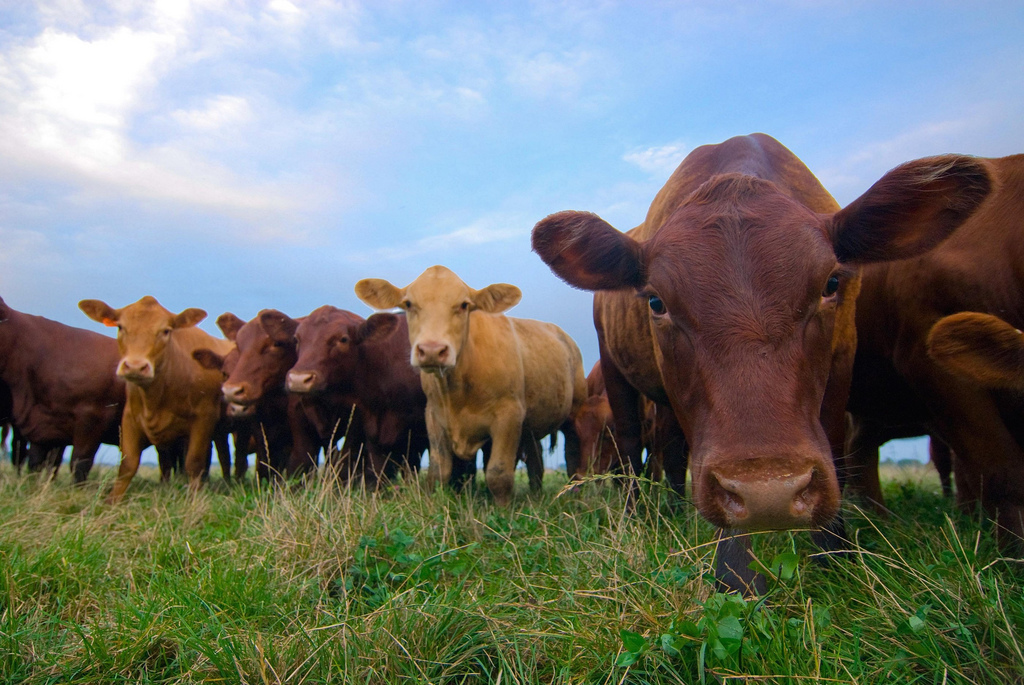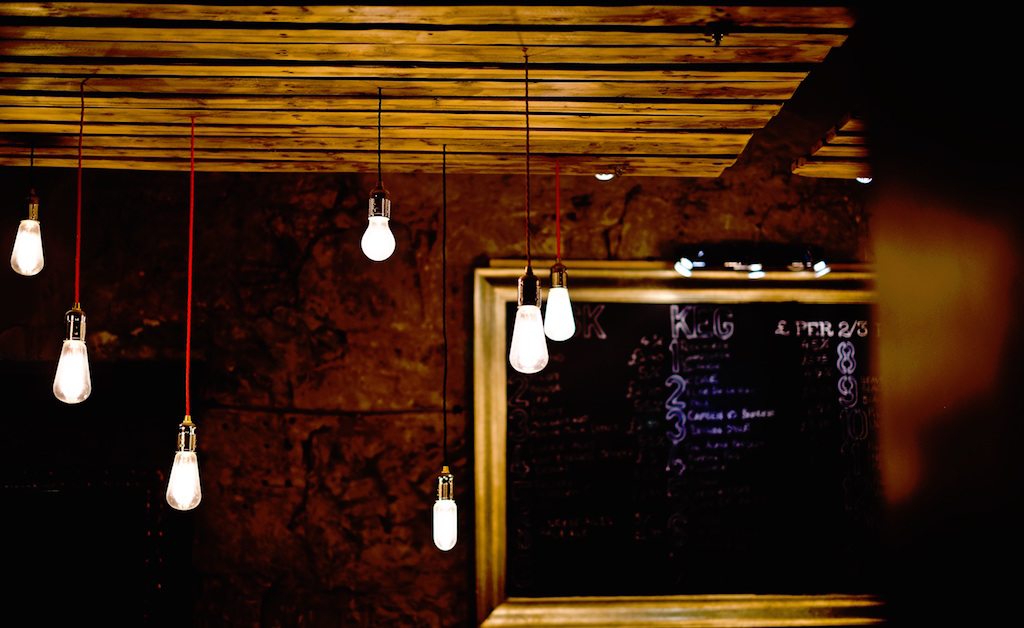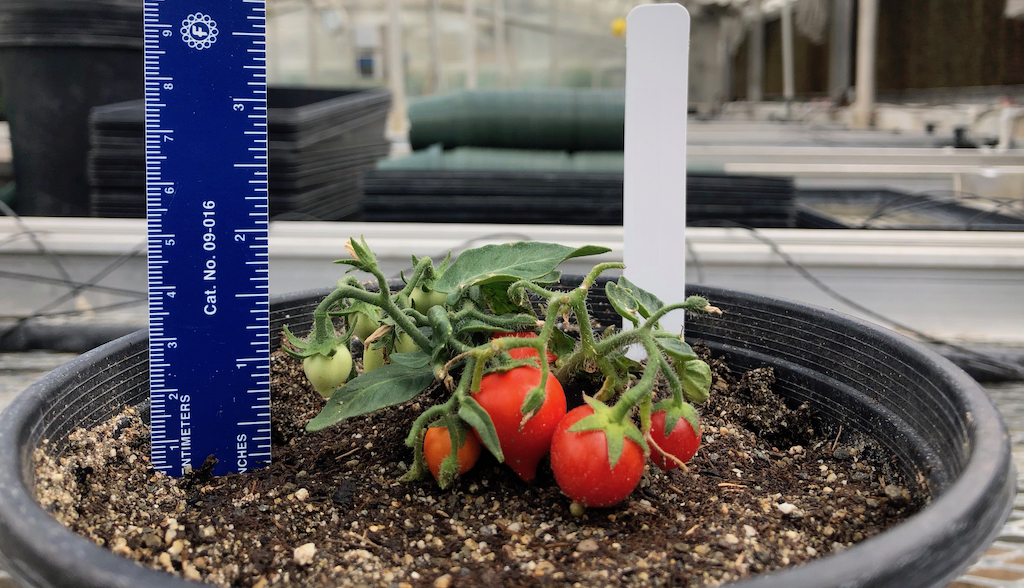
Martha Orozco-Cárdenas/University of California, Riverside
Go tiny or get out. Scientists at the University of California, Riverside, have gene-edited tomatoes to have tinier leaves and stems, which could make them more a productive crop for farmers with limited space to grow food. That could be, for instance, a small-scale farmer who thinks that gene-edited plants are still organic. It could be an indoor, vertical farmer, who’s got a whole lot of height but not a lot of acreage. Or it could be a space farmer—thrusting utilitarian, hearty vegetative matter into the harshest conditions known to man.
And that’s exactly what’s happening. The university announced Thursday that Robert Jinkerson, an engineering professor, and Martha Orozco-Cárdenas, director of the university’s Plant Transformation Research Center, have landed a two-year, $800,000 grant from NASA’s space health wing to make those tomatoes grow in space—specifically, for astronauts on the International Space Station, who subsist on what’s largely a not-so-fresh diet.
“When I first saw those tiny tomatoes growing in Martha’s lab, I just knew we had to get them onto the space station,” Jinkerson wrote.
Like a lot of innovations in farming technology, a significant part of the project’s goal is to increase efficiency. These days, that impulse is wrapped in climate-friendly rhetoric. The typical line goes something like this: There will be 9 billion people on the planet by 2050, and with only a limited amount of arable land left for farming, farmers need to max out the land they have. In the release, Orozco-Cárdenas said her goal, all along, has been to develop plants that could “feed a growing population on less farmland.”
But plants that grow quickly, on less energy, would be great in space, too. As our Jesse Hirsch reported for Modern Farmer, on the International Space Station, arable “land” consists mostly of a plastic bag shuttled between windowsills. Growing food in space, Hirsch reported, potentially represents major savings for a notoriously underfunded agency. Sending food to the space station costs roughly $10,000 a pound, and there’s a heavy emphasis on densely caloric, shelf-stable foods. Astronauts devour fresh produce upon arrival.
Time was, farming in space was unthinkable. The first space plants—flowers that were related to cabbage and mustard—were grown by Soviet cosmonauts in 1982, but the yield was too small to be food. Thereafter, when American astronauts grew vegetables, they were largely academic experiments that quantified the effects of zero gravity on plant growth, and the viability of different kinds of artificial light. One astronaut who’d grown zucchini and sunflowers refused to eat his, because he considered them crew members.
More recently, the crew aboard the space station grew batches of mixed greens—mizuna, red romaine, and Tokyo Bekana cabbage—in two Veggies. Some of the harvest was consumed in space, while the rest was brought home for testing, according to NASA. That’s similar to other space farming experiments, like the Tomatosphere, which is an effort to cultivate seeds in space, and let schoolchildren grow them back on earth.
As part of the NASA funding, Riverside scientists will modify the tomatoes to speed up photosynthesis—which, besides helping the plants grow faster, will also replace carbon dioxide in the space station with breathable air. The money will also go towards creating space-like grow rooms back on earth and to conduct more tests. Also? They want to make the plants even tinier.
Gene-engineered tomatoes—even those with less biomass—haven’t yet caught on with vertical farmers, largely because they need more infrastructure, like a trellis or cage, than leafy greens. But for aspiring space farmers, the benefits of growing tomatoes may transcend mere utility. To quote Alexandra Whitmire of the NASA Human Research Program in the Huffington Post, growing plants in space could raise crew morale. “Plants can indeed enhance long-duration missions in isolated, confined and extreme environments — environments that are artificial and deprived of nature.” Buck up, astronaut: You’ve got fresh tomatoes!

